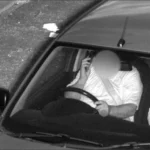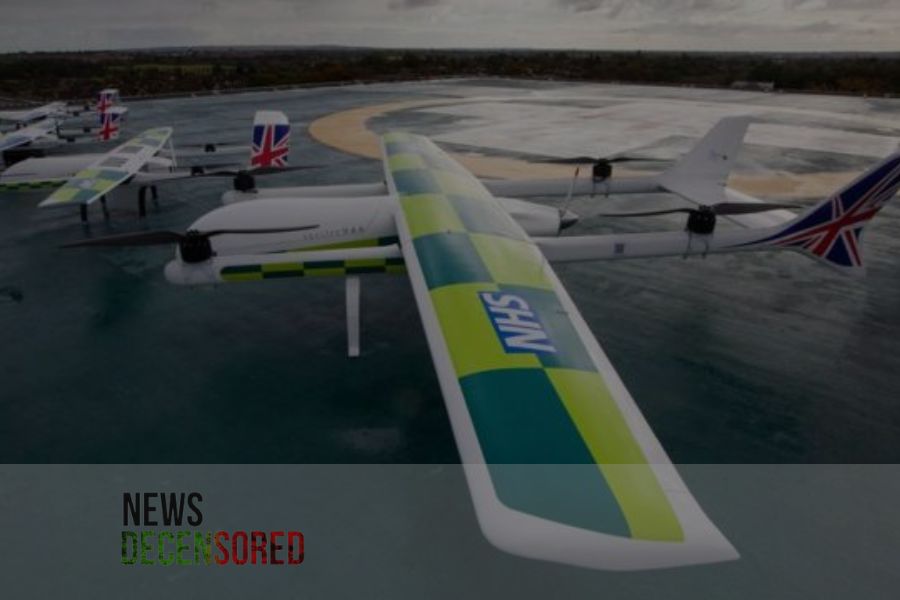The UK might have flying taxis by 2026, and they could become common two years later if the government’s plan works out.
The Future of Aviation Action Plan, developed in collaboration with the aviation industry, says drones and other flying vehicles will become more autonomous.
The first drone taxi is expected to take off in 2030. However, experts say hurdles such as infrastructure and public acceptance must be overcome first.
Flying taxis mostly look like fancy helicopters and can carry about five people. It is part of a family of vehicles called eVTOLs – which stands for electric vertical take-off and landing aircraft.
The technology for it now exists, but the plane will likely start as an exclusive means of transportation, replacing the expensive flights currently undertaken by helicopters.
The Department of Transportation also plans to allow drones to fly beyond visual lines of sight, meaning the person controlling the drone cannot see it in the air.
Their use is still in its early stages, but the plan is that drone deliveries will be commonplace by 2027. Last year, he co-authored a report on this topic, in cooperation with the government, on the feasibility of this technology.
Roberts believes the most efficient use of this technology is in “longer distances, higher occupancy situations. The government report gives the example of traveling by plane from Liverpool to Leeds in 26 minutes.
It may start as an alternative to helicopters,” he says, before demand slowly spreads to a broader population.
What has held this back for a long time are the barriers to adopting new technology, says Dr Najim Houri, lecturer in aerospace control at the University of Leicester.
However, he says this is changing, as regulations are starting to catch up with technological advances in the field. He adds that the adoption of new technology will also require public trust, but 2026 is a realistic target to launch flying taxis into the air.
Where will the vehicles take off and land?
The proposals would require the development of new infrastructure in the UK, such as “mini-airports” for drones. In 2022, a short-term airfield was established in a Coventry car park as a test. Urban Air Port, the company behind it, believes air taxis will complement existing transportation instead of replacing it.
Its chief executive, Andrea Wu, says transport hubs should be in urban centers, but “there hasn’t been enough investment in infrastructure” in the UK so far.
She describes the proposal for flying taxis to become a common sight by 2028 as an “ambitious timetable” given the need to build places for them to take off and land.
No other small airports have been built or tried since the demonstration two years ago. However, according to the government’s plan, the first vertical airport (airport for vertical vehicles) will be operational this year.
The UK’s civil aviation regulator, the Civil Aviation Authority, is consulting on proposals for vertical terminals at existing airports. New regulation will almost certainly be necessary if we are to achieve the government’s goal of bringing self-driving air taxis by 2030.















